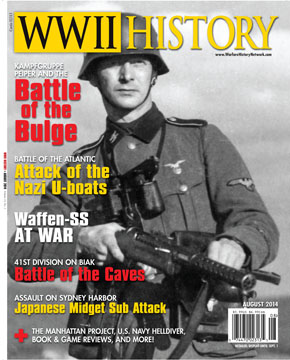
U-Boat
Nazi U-Boats At America’s Doorsteps
After refueling in the mid-Atlantic and suffering bow damage from being rammed by a tanker, a 769-ton Nazi U-Boat reached its destination, the American East Coast, early on Monday, May 4, 1942. Read more

U-Boat
After refueling in the mid-Atlantic and suffering bow damage from being rammed by a tanker, a 769-ton Nazi U-Boat reached its destination, the American East Coast, early on Monday, May 4, 1942. Read more
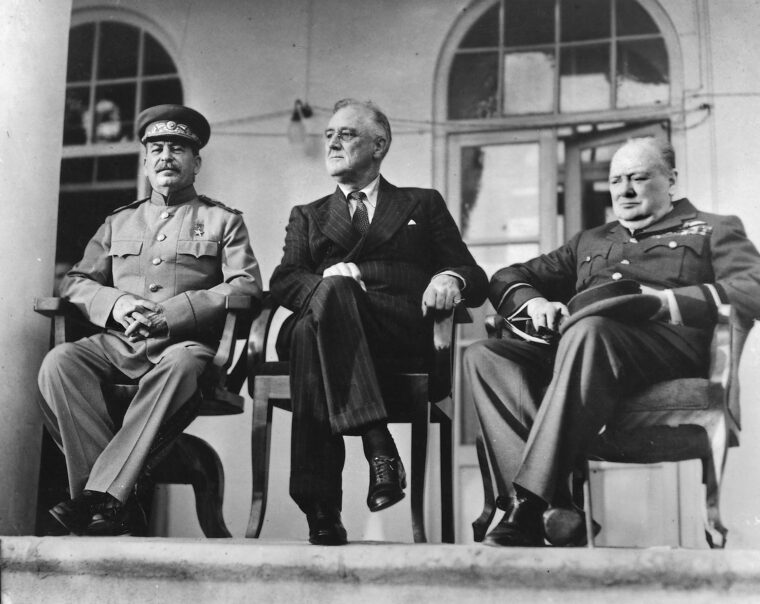
U-Boat
World War II made a disparate trio of allies —British Prime Minister Winston Churchill, Soviet Marshal Josef Stalin, and American President Franklin D. Read more
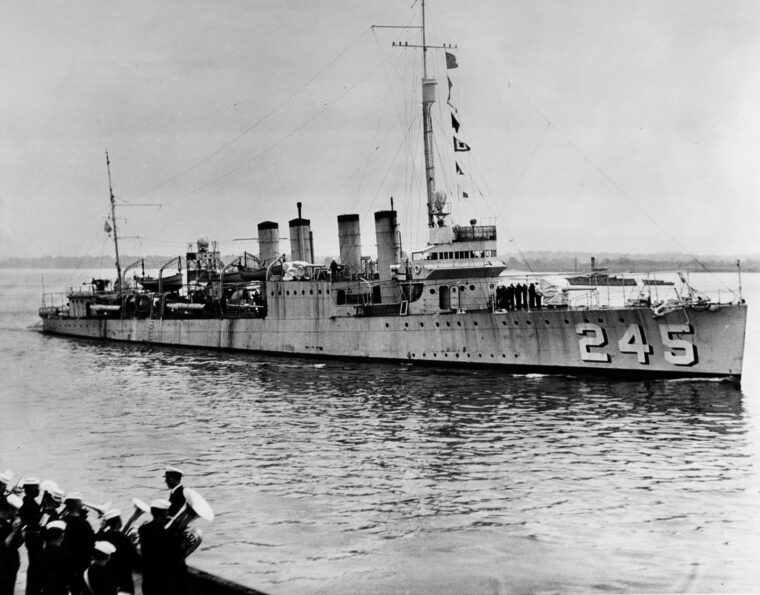
U-Boat
When the destroyer USS Reuben James (DD-245) was assigned to convoy duty in the North Atlantic in the autumn of 1941, its crew had a sense of foreboding and feared the worst. Read more
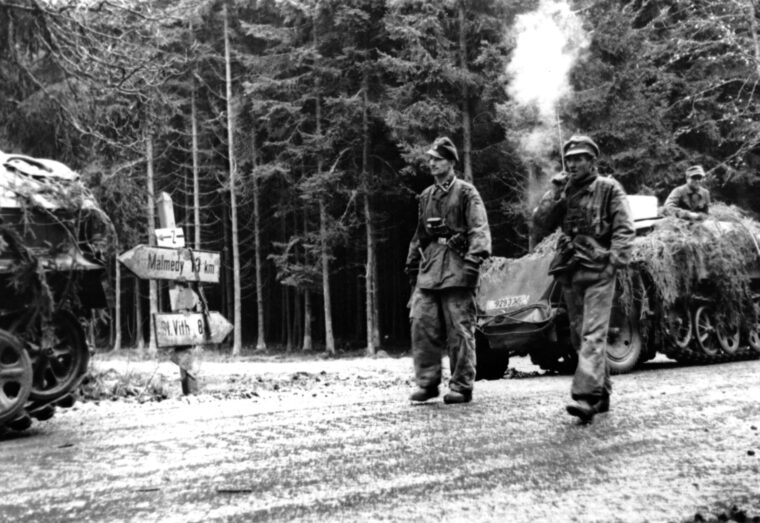
U-Boat
During the Battle of the Bulge, the largest battle America has ever fought, Hitler chose the Sixth Panzer Army for the German juggernaut’s most important role. Read more
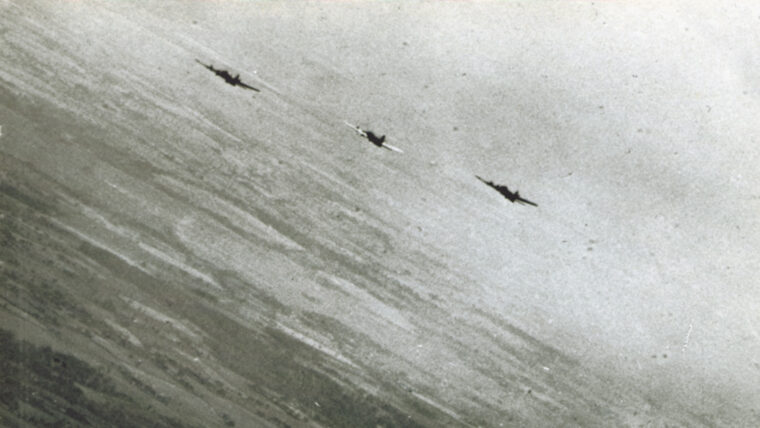
U-Boat
When it came to advanced military technology in World War II, arguably no one was better at it than Nazi Germany, whose scientists Adolf Hitler keep busy trying to invent the ultimate “super weapon” capable of defeating his enemies. Read more
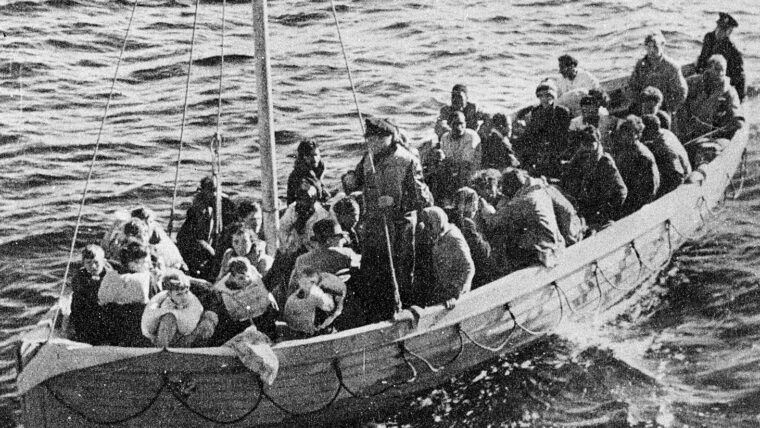
U-Boat
In the summer of 1940, the world watched with rapt attention as the citizens, airmen, sailors, and soldiers of Great Britain steeled themselves for imminent invasion by the victorious German Army. Read more
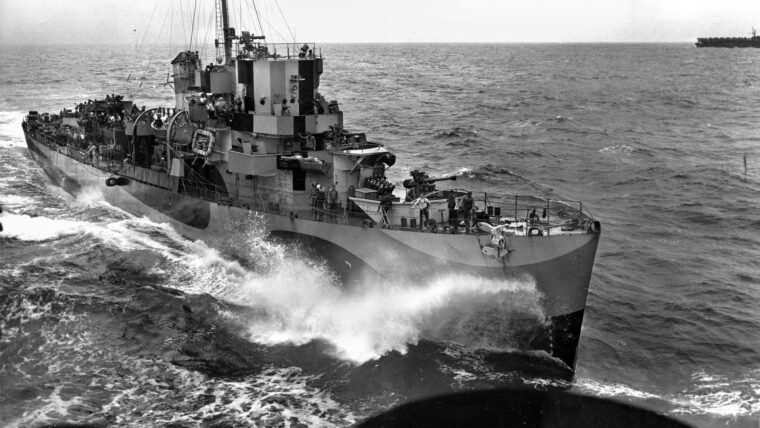
U-Boat
Admiral Soemu Toyoda needed answers. The newly appointed commander in chief of Japan’s Combined Fleet, Toyoda found himself facing several unpleasant facts. Read more
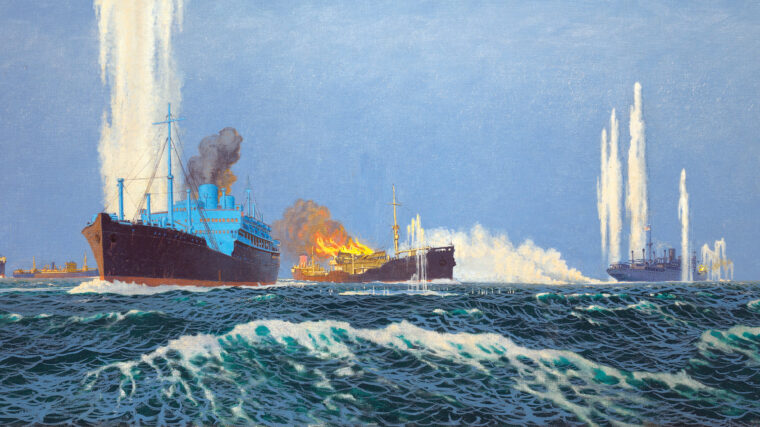
U-Boat
Able Seaman John Jeffcott, 27, of the HMS Jervis Bay was apprehensive in October 1940 as his ship sailed from Hailfax, Nova Scotia. Read more
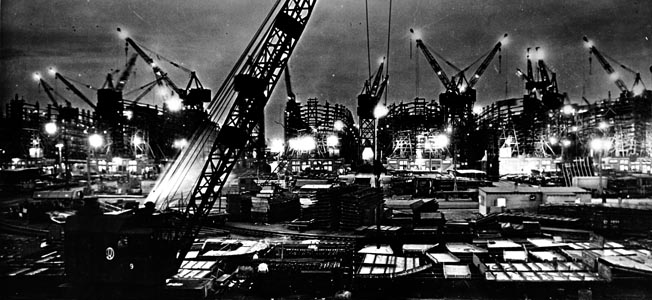
U-Boat
“We won because we smothered the enemy in an avalanche of production, the like of which he had never seen, nor dreamed possible.” Read more
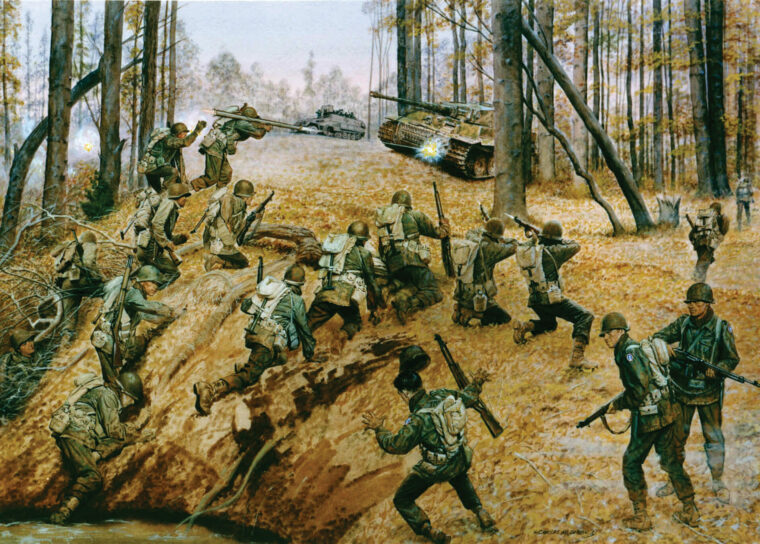
U-Boat
(Scott McGaugh, Da Capo Press, Boston, 2016, 257 pp., Read more
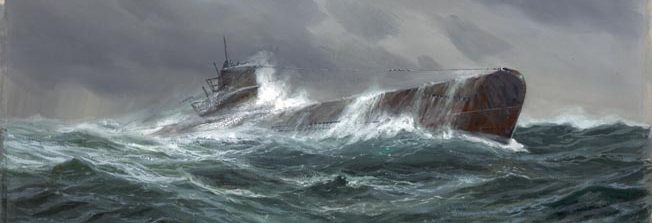
U-Boat
The Battle of the Atlantic was a life-and-death struggle between the German Kriegsmarine and the Allied navies that was fought for control of Britain’s lifeline to its empire and to the United States. Read more
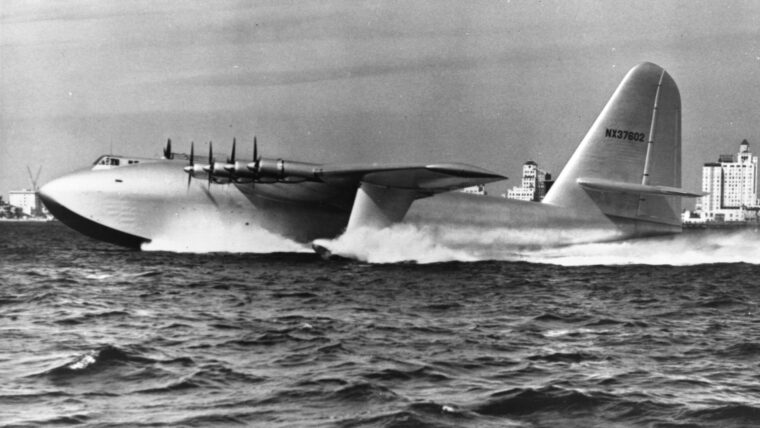
U-Boat
The Time magazine article was titled “It Flies!” It was a note of triumph and vindication, but also an epitaph, of an aircraft that was five years in the making—the “Spruce Goose,” a plane that should not have existed. Read more
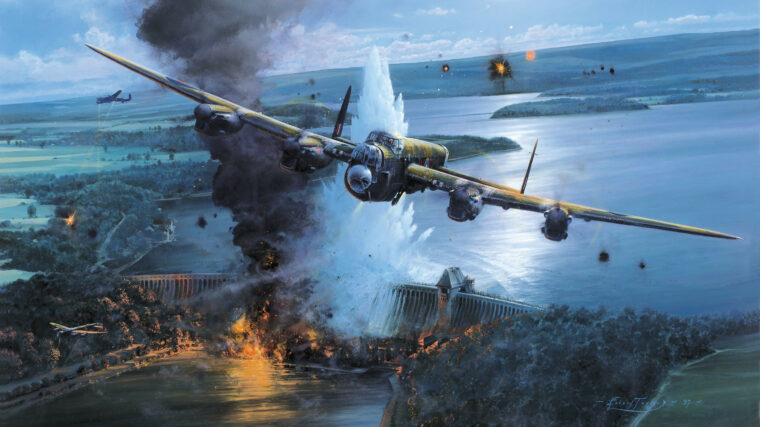
U-Boat
May 16, 1943, had been a sweltering spring day in England. At 9:39 pm, as the sun was dipping below the western horizon, leaving a rim of light and still good visibility, the first three of 19 Avro Lancaster bombers of No. Read more
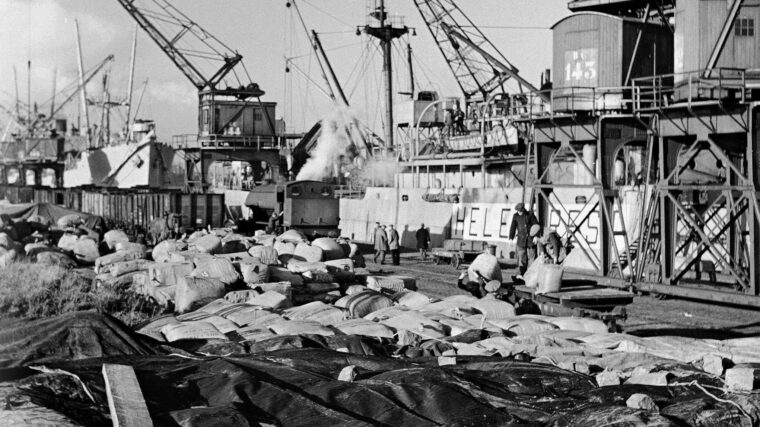
U-Boat
After the war in Europe was won, General Dwight D. Eisenhower had many opportunities to review various campaigns with the leaders of the Soviet Army–– including even Joseph Stalin himself. Read more
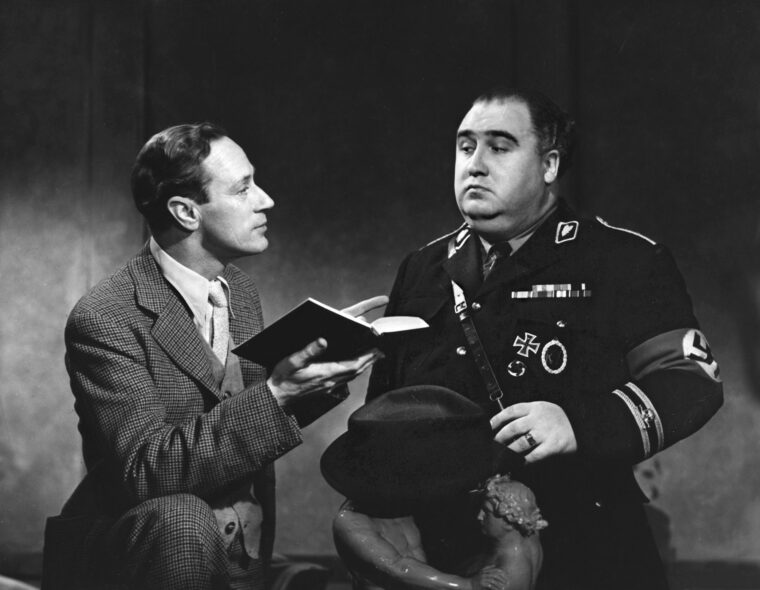
U-Boat
By June 1, 1943, British actor Leslie Howard, 50, was one of the most famous actors in the world, one of the leading male stars of one the greatest box-office draw movies of all time, the 1939 blockbuster Gone with the Wind. Read more
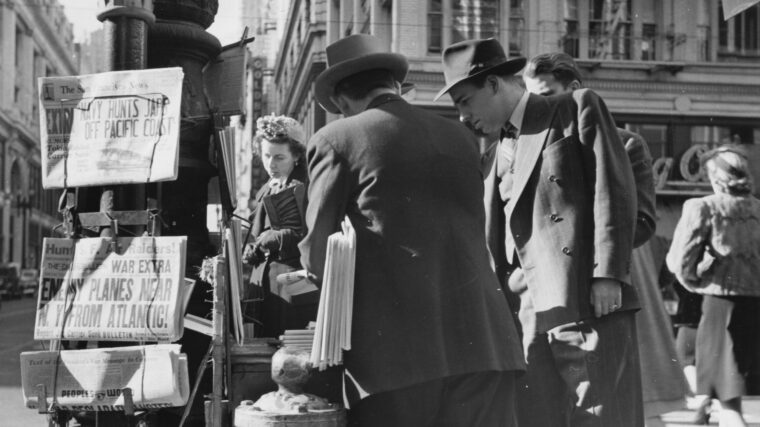
U-Boat
It seemed like just another ordinary day at sea. Early on December 7, 1941, a U.S. Army-chartered cargo vessel, the 250-foot SS Cynthia Olson, under the command of a civilian skipper, Berthel Carlsen, was plying the Pacific waters about 1,200 miles northeast of Diamond Head, Oahu, Hawaii, and over 1,000 miles west of the Tacoma, Washington, port from which she had sailed on December 1. Read more
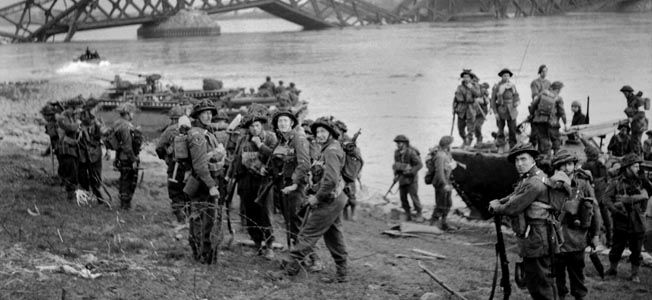
U-Boat
The Commando role was born of the decision to mount vigorous raiding operations against occupied Europe as British forces were withdrawing from France in 1940. Read more
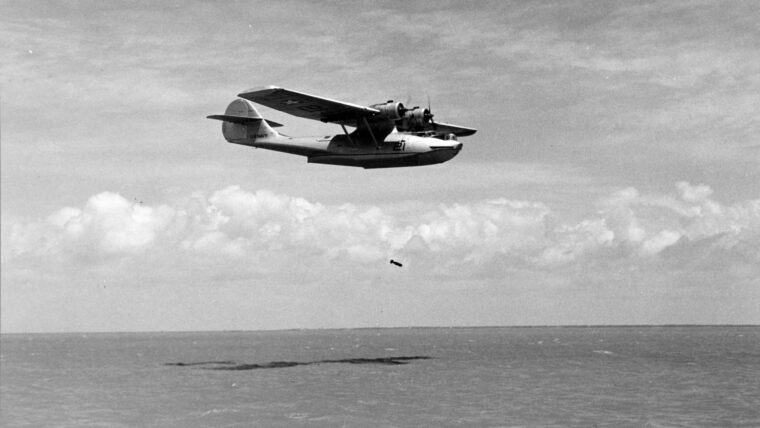
U-Boat
“Am over enemy submarine in position …”
Cut off in mid-transmission, this contact report came from a U.S. Read more
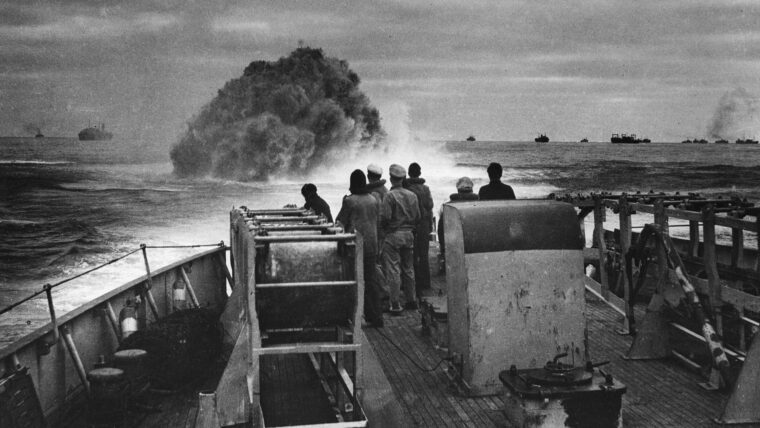
U-Boat
British Prime Minister Winston Churchill, who rode in a cavalry charge in the Sudan in 1898, escaped from the Boers in 1899 and served for six months as a troop leader in the Western Front trenches in 1915-1916, remarked during World War II, “The only thing that ever really frightened me during the war was the U-boat peril.” Read more
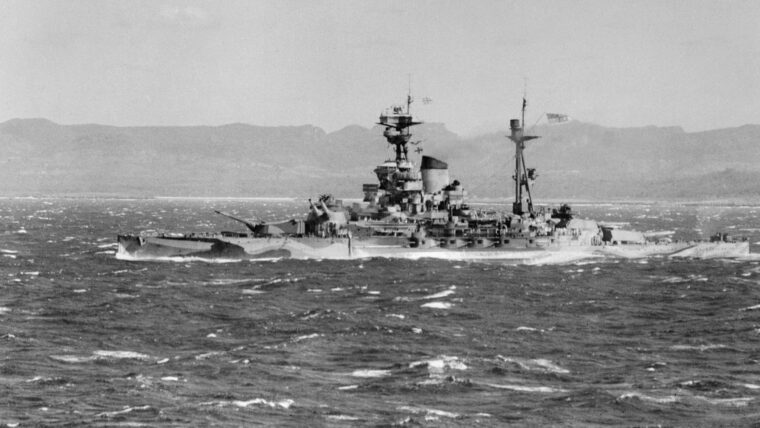
U-Boat
In early 1942 things could have hardly looked bleaker for the Allies. In Europe, Hitler’s war machine had steamrolled across the entire continent and was now battling before the gates of Moscow. Read more